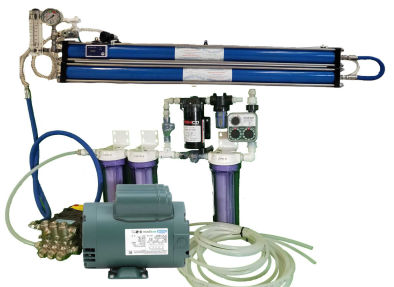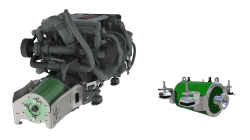So, at first glance, it would seem that we need to add a crap load of batteries, like 100 kWh worth! Unfortunately, that's not possible for a few of big reasons, weight, cost, and ability to charge without burning endless diesel.
Even assuming you can afford a lot of batteries, you still have to charge them and handle the weight, especially if you are on a catamaran. Due to these limitations, we want a 22 kWh battery for the our performance boat. We will also have an additional 11 kWh available from the electric dinghy batteries, which we may tie into the main boat on long passages to get 33 kWh.
Assuming we only discharge to 15% SOC and charge to a maximum of 95% SOC we get 80% usable power. The reason not to go from 0 to 100% is to increase longevity and reduce heat, though LifePO4 cells could easily use 100%, if we desired.
Next, let's take a look at why charging also limits our battery size.













